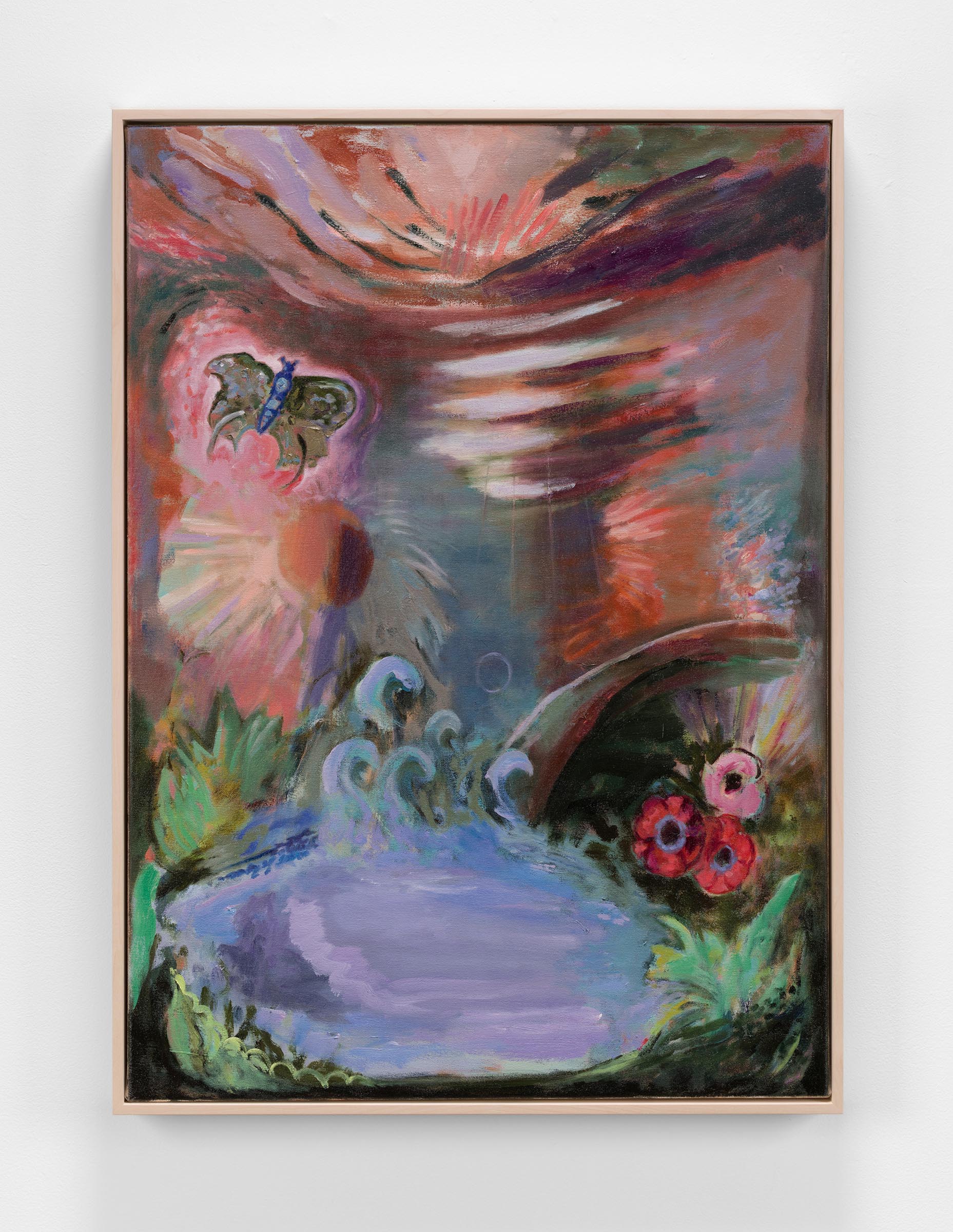Artist Statement
I make color-driven oil paintings that explore femininity, pleasure, and the precarity of how the female body is viewed. My practice is motivated by the false promise that the objectives of feminism have been accomplished. It is also motivated by how Western art history reinforces expectations of womxn’s frailty by situating the female body as an object to be looked upon. This history promises pleasure for the viewer at the expense of the subject, while also suggesting that the act of viewing the body is one of total consumption.
In my work, I inhibit the availability of the female figure—and the painting itself—by using varying levels of abstraction. My intention is to create images that are not fully knowable, and that therefore disrupt the expectation of easy consumption. However, rather than omit pleasure from this transaction, I seek to democratize it. I shift pleasure to the female figures by presenting them in situations that imply enjoyment—like bathing in a pool or lounging on a shore. At the same time, I utilize formal strategies—such as sensuous mark-making and vibrant color—that encourage a pleasure in looking. This tension, or existence of two contrary ideas at once, characterizes much of my work.
I provoke the viewer’s inherent distrust of the feminine by populating my work with symbols that code as effeminate: butterflies, flowers, bright pinks and purples, and scalloped shapes reminiscent of the edge of a shell or a compact mirror. These symbols create a sense of docile safety within the work. I then complicate that safety by including sudden shifts in color, looming shapes, and ominous undertones. Water is a frequent presence—at times, almost a figure—representing indulgence, birth, death, and change. This coupling of safety and danger hints at the precarity of inhabiting a female body, while also locating femininity as a site of power.
I’m interested in the archetype of the punished womxn. While not intended to describe any specific story, the figures in my work are inspired by characters like Medusa with her head of snakes, Ophelia in her watery grave, and so many womxn branded as witches and drowned. My figures also reference the passive bathers in paintings by Cezanne and Bonnard. Where those bathers accept the viewer’s gaze with indifference, my figures boldly catch the viewer’s eye, or gaze into the distance at something or someone that the viewer cannot see. I do not seek to rescue these figures from their references, but rather to create a space where they are empowered to hold something back, where repose can be resistance, and where the exchange between the painting and the viewer remains incomplete.









